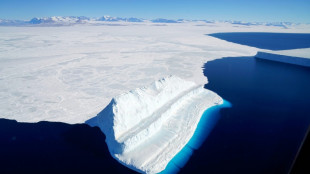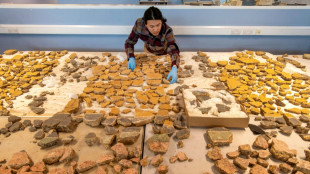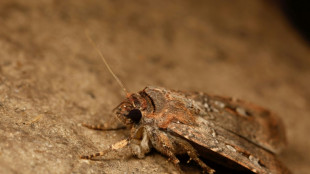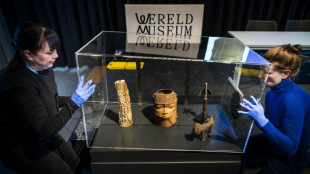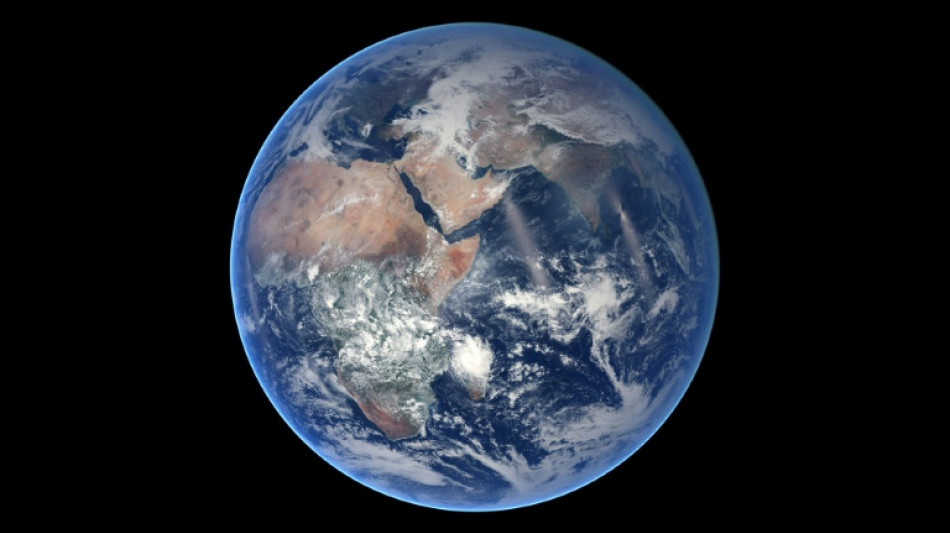
-
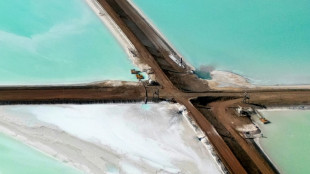 Europe's lithium quest hampered by China and lack of cash
Europe's lithium quest hampered by China and lack of cash
-
Japan-US-Philippines hold coast guard drills with eye on China
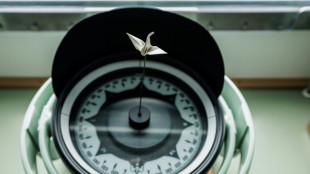
-
 Richards strike gives USA spot in Gold Cup quarters
Richards strike gives USA spot in Gold Cup quarters
-
Pacers thrash Thunder to stay alive in NBA Finals

-
 Cheap alms bowls imports hit Sri Lanka makers, monks
Cheap alms bowls imports hit Sri Lanka makers, monks
-
Pacers demolish Thunder to stay alive in NBA Finals

-
 PSG stunned by Botafogo in Club World Cup upset
PSG stunned by Botafogo in Club World Cup upset
-
Peru gas workers find thousand-year-old mummy
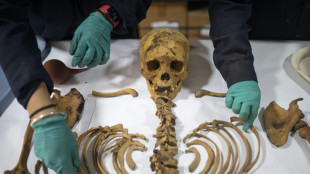
-
 UK MPs to hold crunch vote on assisted dying
UK MPs to hold crunch vote on assisted dying
-
Australian trial says tech for social media teen ban can work

-
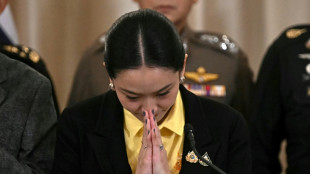 Thai PM to meet army commander to defuse political crisis
Thai PM to meet army commander to defuse political crisis
-
Rice prices double in Japan as inflation accelerates

-
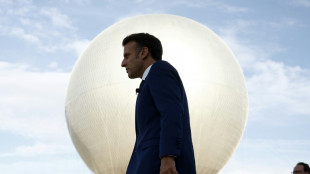 Summoning golden Olympic memories, Paris parties like it's 2024
Summoning golden Olympic memories, Paris parties like it's 2024
-
Peru's Maido named world's top restaurant on 50 Best list

-
 US singer Chris Brown in London court on assault case
US singer Chris Brown in London court on assault case
-
Thailand credits prey releases for 'extraordinary' tiger recovery
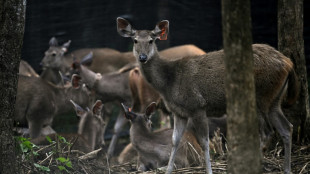
-
 Can NATO keep Trump on-message about Russia threat?
Can NATO keep Trump on-message about Russia threat?
-
Australia drop struggling Labuschagne for first West Indies Test
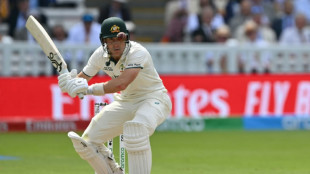
-
 European, Iranian diplomats to meet as US mulls joining Israel campaign
European, Iranian diplomats to meet as US mulls joining Israel campaign
-
Paris makes clean water bet for River Seine bathers
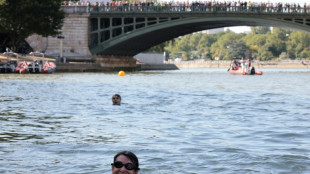
-
 Jeeno Thitikul edges clear as heat takes toll at Women's PGA
Jeeno Thitikul edges clear as heat takes toll at Women's PGA
-
Critic of Nicaragua's Ortega shot dead in exile in Costa Rica
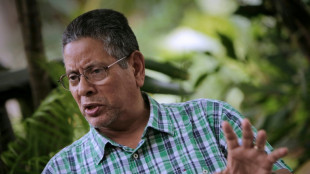
-
 Barrios double gets Atletico back on track
Barrios double gets Atletico back on track
-
World No. 1 Scheffler shares lead at PGA Travelers Championship

-
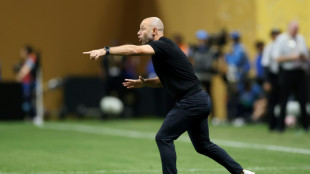 Messi's 'winning spirit' surprising: Inter Miami's Mascherano
Messi's 'winning spirit' surprising: Inter Miami's Mascherano
-
US immigration agents barred from LA Dodgers' stadium: team

-
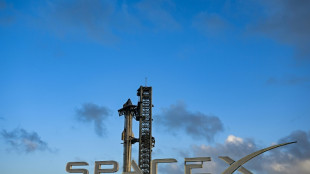 SpaceX Starship explodes on Texas launch pad
SpaceX Starship explodes on Texas launch pad
-
Messi strikes as Inter Miami stun Porto at Club World Cup

-
 US immigration agents barred from LA baseball stadium: team
US immigration agents barred from LA baseball stadium: team
-
Jorginho gunning for old side Chelsea with Flamengo at Club World Cup

-
 Real Madrid star Mbappe released from hospital
Real Madrid star Mbappe released from hospital
-
World No.1 Sinner shocked in Halle second round by Bublik
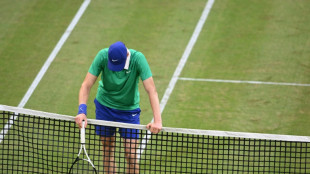
-
 Chelsea boss Maresca 'trusts' Mudryk after doping charge
Chelsea boss Maresca 'trusts' Mudryk after doping charge
-
Israel welcomes 'all help' in striking Iran, Trump to decide 'within two weeks'

-
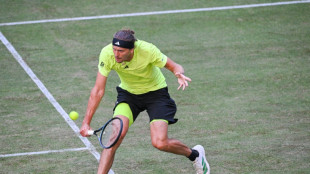 Zverev holds off Sonego to reach Halle quarter-finals
Zverev holds off Sonego to reach Halle quarter-finals
-
Palmeiras ease past Al Ahly in Club World Cup

-
 Alcaraz survives scare to reach Queen's quarter-finals
Alcaraz survives scare to reach Queen's quarter-finals
-
Stokes adamant Archer 'desperate' for England return
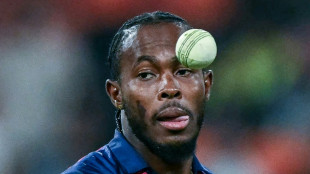
-
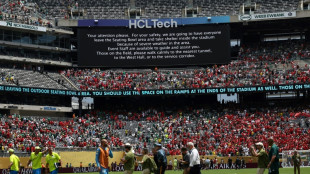 Palmeiras v Al Ahly Club World Cup clash suspended for weather
Palmeiras v Al Ahly Club World Cup clash suspended for weather
-
French Open winner Gauff falls at first hurdle on Berlin grass
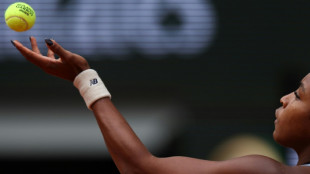
-
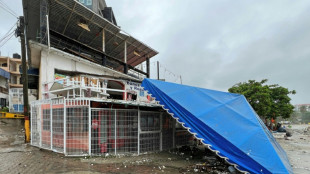 Cleanup begins as Hurricane Erick moves on from Mexican coast
Cleanup begins as Hurricane Erick moves on from Mexican coast
-
Restoration rejuvenates iconic Gaudi house in Barcelona
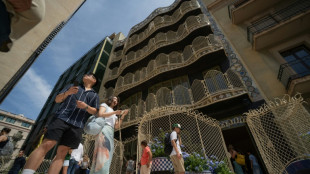
-
 France softens restrictions for Telegram founder Durov
France softens restrictions for Telegram founder Durov
-
Trump 'Golden Dome' plan tricky and expensive: experts
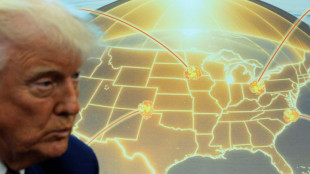
-
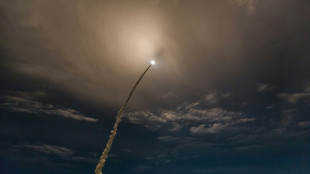 French state leads capital increase for satellite operator Eutelsat
French state leads capital increase for satellite operator Eutelsat
-
Russia steps out from shadows in Africa with state paramilitary

-
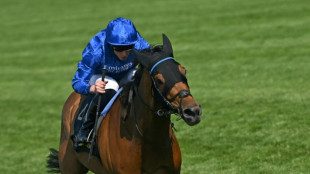 Trawlerman and Buick move into top gear to land Ascot Gold Cup
Trawlerman and Buick move into top gear to land Ascot Gold Cup
-
France softens restrictions for Telegram founder Durov: judicial source

-
 Trump extends deadline for TikTok sale by 90 days
Trump extends deadline for TikTok sale by 90 days
-
Indonesia leader touts growing Russia ties after talks with Putin
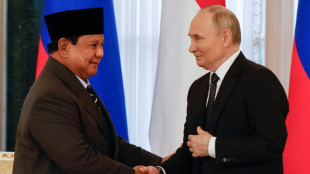

Earth's inner core may have started spinning other way: study
Far below our feet, a giant may have started moving against us.
Earth's inner core, a hot iron ball the size of Pluto, has stopped spinning in the same direction as the rest of the planet and might even be rotating the other way, research suggested on Monday.
Roughly 5,000 kilometres (3,100 miles) below the surface we live on, this "planet within the planet" can spin independently because it floats in the liquid metal outer core.
Exactly how the inner core rotates has been a matter of debate between scientists -- and the latest research is expected to prove controversial.
What little is known about the inner core comes from measuring the tiny differences in seismic waves -- created by earthquakes or sometimes nuclear explosions -- as they pass through the middle of the Earth.
Seeking to track the inner core's movements, new research published in the journal Nature Geoscience analysed seismic waves from repeating earthquakes over the last six decades.
The study's authors, Xiaodong Song and Yi Yang of China's Peking University, said they found that the inner core's rotation "came to near halt around 2009 and then turned in an opposite direction".
"We believe the inner core rotates, relative to the Earth's surface, back and forth, like a swing," they told AFP.
"One cycle of the swing is about seven decades", meaning it changes direction roughly every 35 years, they added.
They said it previously changed direction in the early 1970s, and predicted the next about-face would be in the mid-2040s.
The researchers said this rotation roughly lines up with changes in what is called the "length of day" -- small variations in the exact time it takes Earth to rotate on its axis.
- Stuck in the middle -
So far there is little to indicate that what the inner core does has much effect on surface dwellers.
But the researchers said they believed there were physical links between all Earth's layers, from the inner core to the surface.
"We hope our study can motivate some researchers to build and test models which treat the whole Earth as an integrated dynamic system," they said.
Experts not involved in the study expressed caution about its findings, pointing to several other theories and warning that many mysteries remain about the centre of the Earth.
"This is a very careful study by excellent scientists putting in a lot of data," said John Vidale, a seismologist at the University of Southern California.
"(But) none of the models explain all the data very well in my opinion," he added.
Vidale published research last year suggesting that the inner core oscillates far more quickly, changing direction every six years or so. His work was based on seismic waves from two nuclear explosions in the late 1960s and early 1970s.
That timeframe is around the point when Monday's research says the inner core last changed direction -- which Vidale called "kind of a coincidence".
- Geophysicists 'divided' -
Another theory -- which Vidale said has some good evidence supporting it -- is that the inner core only moved significantly between 2001 to 2013 and has stayed put since.
Hrvoje Tkalcic, a geophysicist at the Australian National University, has published research suggesting that the inner core's cycle is every 20 to 30 years, rather than the 70 proposed in the latest study.
"These mathematical models are most likely all incorrect because they explain the observed data but are not required by the data," Tkalcic said.
"Therefore, the geophysical community will be divided about this finding and the topic will remain controversial."
He compared seismologists to doctors "who study the internal organs of patients' bodies using imperfect or limited equipment".
Lacking something like a CT scan, "our image of the inner Earth is still blurry", he said, predicting more surprises ahead.
That could include more about a theory that the inner core might have yet another iron ball inside it -- like a Russian doll.
"Something's happening and I think we're gonna figure it out," Vidale said.
"But it may take a decade."
X.Habash--SF-PST

